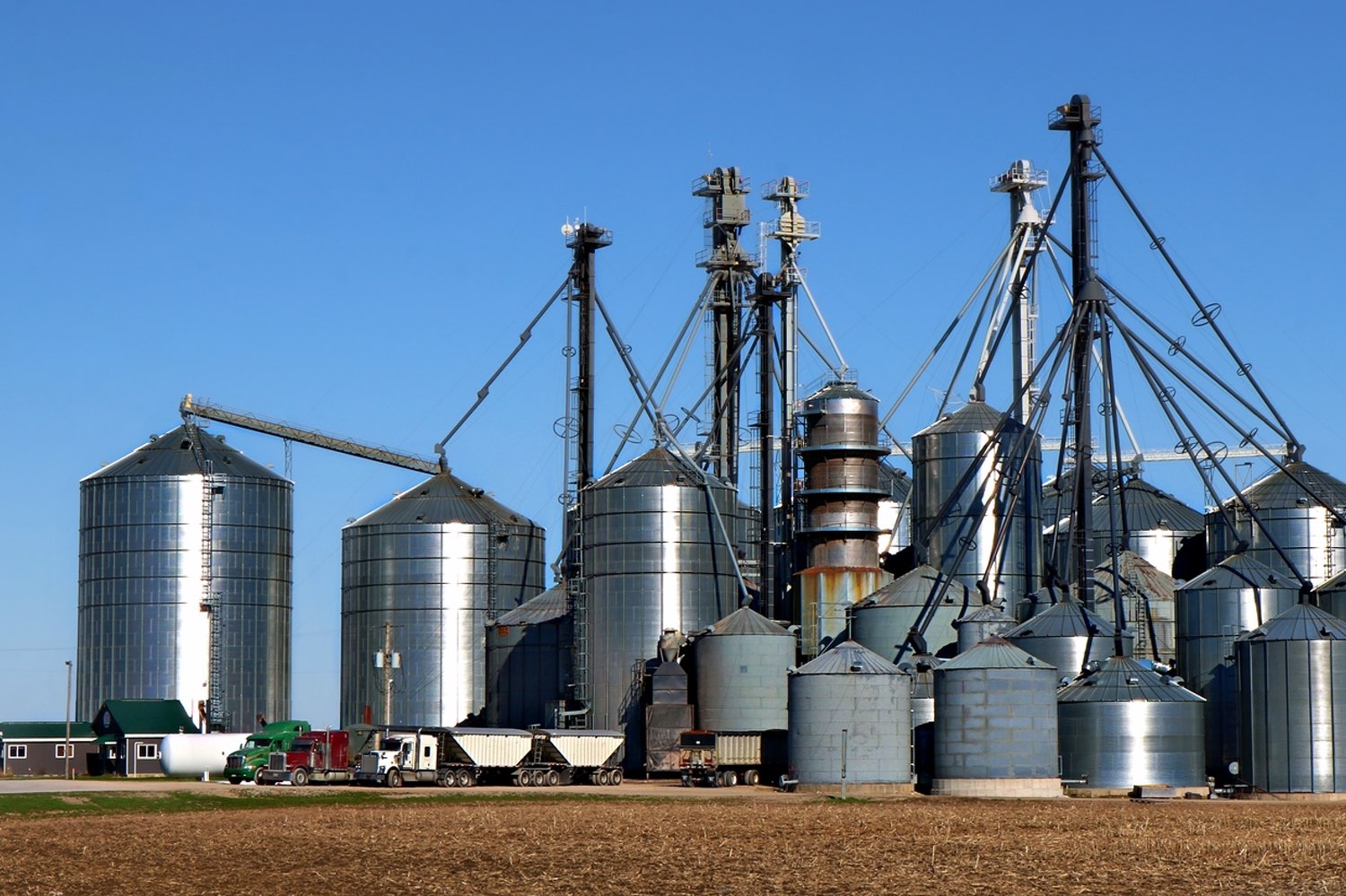
The following four topics address what we believe are our clients’ biggest concerns for 2019:
This issue continues to be at the forefront for the agriculture industry. Much of the price volatility we have seen in the past 18 months has been directly related to trade conflicts and uncertainty. This hits the farmer where it hurts the most—in the wallet. In general, we have seen commodity prices slide. Additional pressures from trade-related matters will further contribute to the unwanted downward pressure on prices of all commodities.
The value of farmland is closely tied to the long-term price received for crops. Other factors such as interest rates also play a role. IF commodity prices slide and interest rates rise, farmers’ balance sheets will take a hit due to decreases in the value of their farmland. This will take its toll in eroding America’s wealth and reducing the collateral to back loans for operation and expansion. This makes it tougher for farmers to continue to operate and will further contribute to the consolidation of the agricultural industry.
Today’s farmer faces government regulations on almost every front of their operation. In the West, one of the prime regulatory pressures concerns water—in particular, water supply and water rights. Most all of the farming of the most productive farmland—found in the San Joaquin, Sacramento and Salinas valleys—is subject to surface water for irrigation. Rainfall during the growing season is not sufficient to sustain the crops of choice. With proper storage and easing of regulatory pressures, rainfall replenishing groundwater supplies along with the snow melt from the Sierra Nevada mountain range can sustain crops throughout the dry season of late spring, summer and early fall.
For example, in the San Joaquin and Sacramento valleys, much of the farmland experiences inconsistent surface water delivery and relies on groundwater to augment insufficient rainfall to irrigate thirsty crops. However, as the State of California is fully immersed in the implementation of SGMA (Sustainable Groundwater Management Act), farmers in that region of the country scramble to adapt to uncertainty.
In many areas, air quality involves another set of government regulations that face the farmer. Producers face regulation on everything from the dust generated by machinery at harvest to the methane gas released by the flatulence of each dairy cow. Current and increased regulation increases costs to the producer and further crushes already skinny margins.
The last area of regulation that faces producers now is pesticide regulation. Reporting each application of a pesticide or herbicide—as required by law—is a task that takes time and money. All of this further constricts a producer’s margins.
With the average age of the American farmer continuing to climb, succession planning remains a necessary evil for most operators, regardless of their size and location. While this obstacle is arguably the most controllable of all, it is frequently ignored or avoided. When considering the various forms of taxes related to succession planning, this risk in one that continually needs to be discussed and addressed.
The sooner that well-thought-out plans are put into place, the easier it will be to concentrate on operating the business profitably.